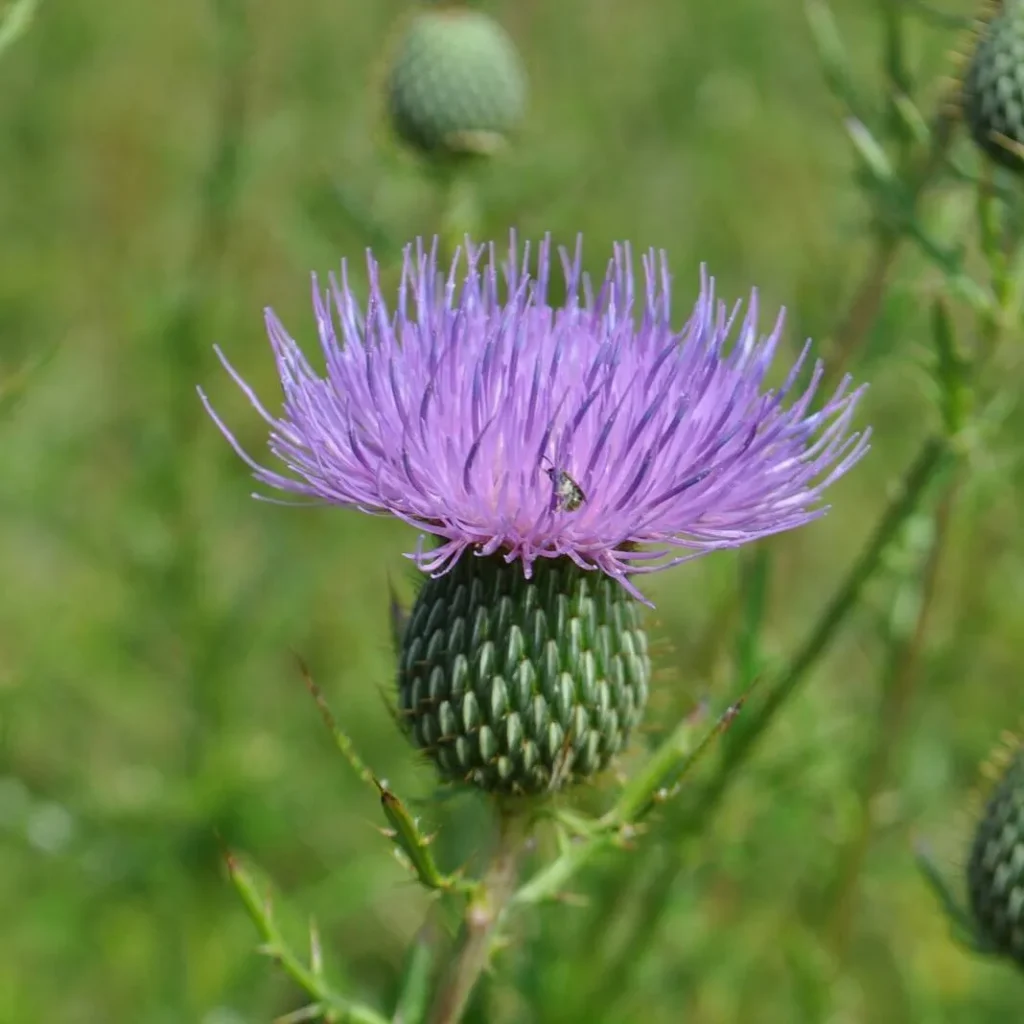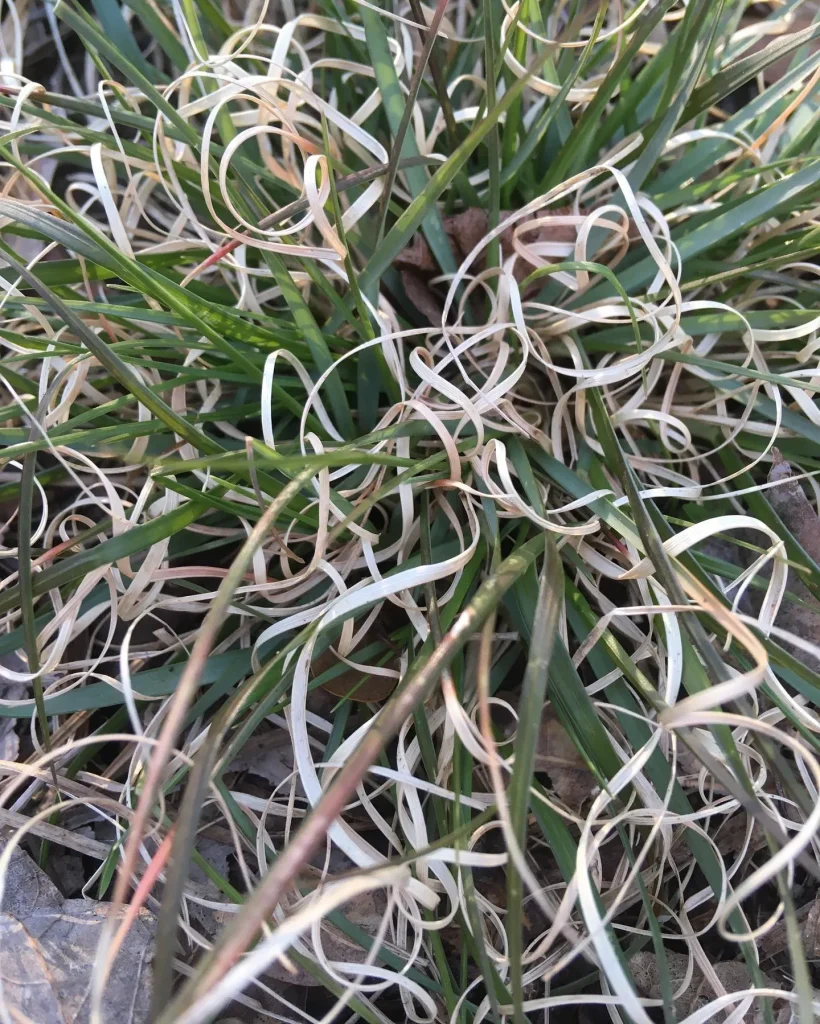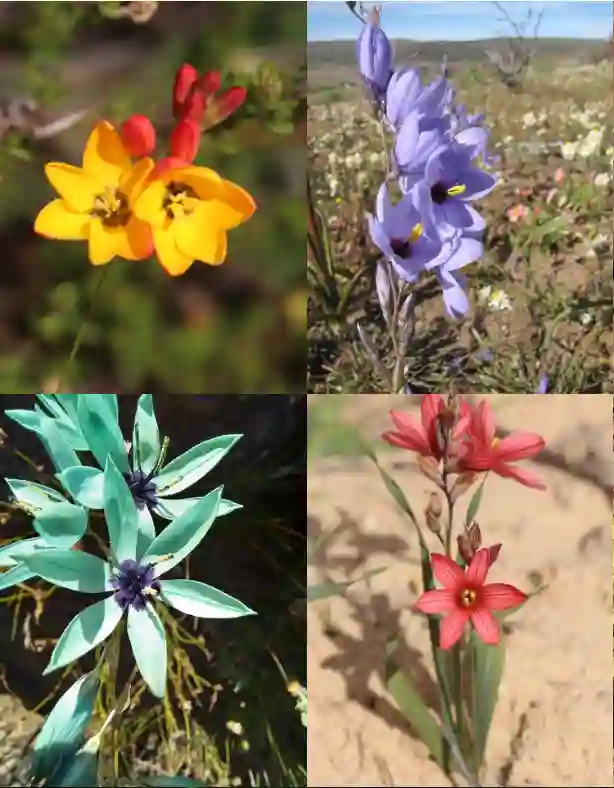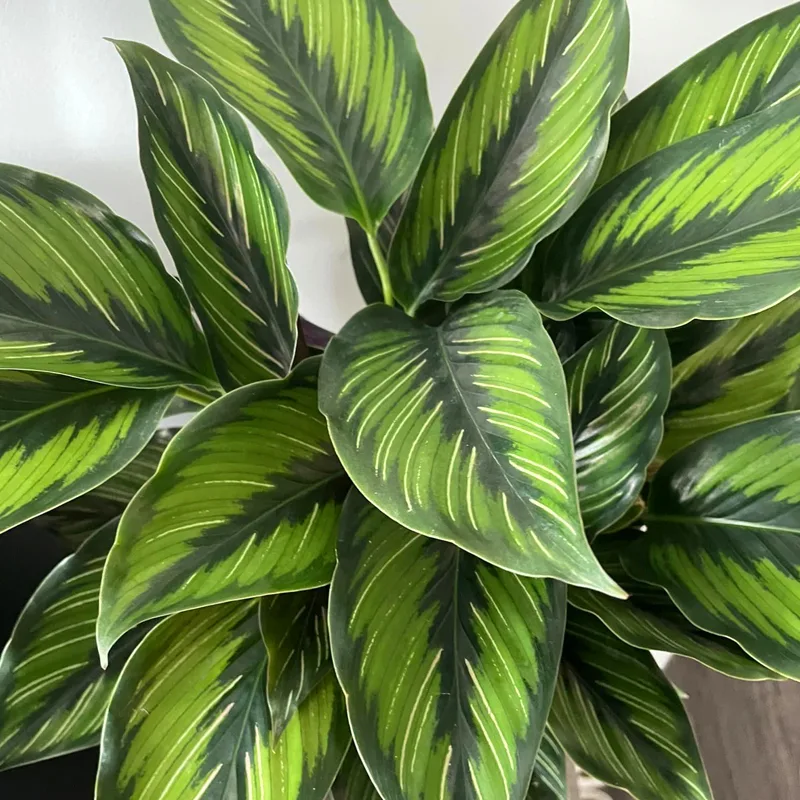Phalaenopsis Tetraspis: A Fragrant Challenge for Orchid Enthusiasts
For orchid lovers like myself, Phalaenopsis Tetraspis holds a special allure. This stunning epiphyte, native to the Andaman and Nicobar Islands of India and Sumatra, boasts not only captivating bi-colored blooms but also a reputation for being a bit more demanding than its Phalaenopsis cousins. But fear not, fellow orchid aficionados! With a little extra care and attention, you can cultivate a thriving Phalaenopsis Tetraspis that will grace your home with its beauty and fragrance.
89 Species in Genus Phalaenopsis
So, Phalaenopsis Tetraspis – Is It Really Harder to Care For?
Many orchid enthusiasts begin their journey with the ever-popular Phalaenopsis orchids, known for their resilience and showy blooms. The Phalaenopsis Tetraspis, however, has a reputation for being a bit more particular. While not impossible, it does require slightly different conditions than its more common relatives.
The key difference lies in its natural habitat. Unlike many Phalaenopsis varieties that thrive in tropical rainforests, the Phalaenopsis Tetraspis is found clinging to trees near brackish water sources. This translates to a need for slightly warmer temperatures, higher humidity, and good air circulation.
Phalaenopsis Tetraspis vs. Phalaenopsis
| Feature | Phalaenopsis Tetraspis | Phalaenopsis (Common) |
|---|---|---|
| Temperature | Warmer (75-85°F daytime, 65-75°F nighttime) | Moderate (65-80°F) |
| Humidity | Higher (around 65%) | Moderate (50-60%) |
| Light | Shaded, indirect light | Moderate, indirect light |
| Watering | Allow to dry slightly between waterings | Water when roots turn silvery white |
| Blooming | Spring or summer, 1-6 months | Varies by species, typically spring |
While the Phalaenopsis Tetraspis might require a bit more TLC, its unique bi-colored flowers with a delightful fragrance make it a worthwhile challenge.
Unveiling the Beauty of the Phalaenopsis Tetraspis Flower
The star of the show, without a doubt, is the Phalaenopsis Tetraspis flower. Unlike the classic white or pastel blooms of many Phalaenopsis orchids, this species boasts a captivating combination of red and white with a variety of patterns. The flowers themselves are fleshy and fragrant, releasing a sweet aroma that adds another dimension to their beauty.
Blooming typically occurs in the spring or summer, and the flowers can last anywhere from one to six months depending on the care provided.
How to care for Phalaenopsis Tetraspis?
Now that we’ve explored the unique characteristics of the Phalaenopsis Tetraspis, let’s delve into the specifics of keeping this orchid happy and healthy.
- Temperature: As mentioned earlier, this orchid prefers warmer temperatures. Aim for a daytime range of 75-85°F (24-29°C) and a nighttime range of 65-75°F (18-24°C). Avoid sudden temperature fluctuations.
- Humidity: Mimicking its natural habitat, the Phalaenopsis Tetraspis thrives in higher humidity levels (around 65%). Grouping your orchids together, using a pebble tray filled with water, or employing a humidifier can all help create a more moisture-rich environment.
- Light: Unlike some Phalaenopsis varieties that tolerate brighter light, the Phalaenopsis Tetraspis prefers shaded, indirect light. South-facing windows are generally too harsh, while north-facing windows might not provide enough light. Look for an east or west-facing window with filtered light.
- Watering: Unlike watering on a schedule, the key to watering your Phalaenopsis Tetraspis is to check the roots. When the roots turn silvery white, it’s time for a thorough watering. Drench the potting medium until water runs out the drainage holes, then allow the plant to dry slightly before watering again. Avoid letting the roots sit in water for extended periods.
- Potting and Medium: Due to its epiphytic nature, the Phalaenopsis Tetraspis can be grown in a well-draining orchid potting mix or mounted on a piece of wood or cork bark. This allows for good air circulation around the roots, which is essential for this orchid’s health.
- Fertilizer: During the active growing season (spring and summer), a weak orchid fertilizer can be applied once a month. However, be mindful not to over-fertilize, as this can damage the roots.
Common Concerns and Troubleshooting for Phalaenopsis Tetraspis
Even with the best intentions, orchid enthusiasts sometimes encounter challenges. Here are some common issues you might face with your Phalaenopsis Tetraspis and solutions to get your orchid back on track:
- No Blooms: If your Phalaenopsis Tetraspis isn’t producing flowers, it could be due to several factors. Insufficient light, cool temperatures, or lack of fertilizer during the growing season can all hinder blooming. Ensure your orchid receives adequate warmth, indirect light, and a weak monthly feeding during spring and summer.
- Drooping Leaves: Drooping leaves can be a sign of dehydration or root rot. Check the roots. If they’re dry and shrivelled, increase watering frequency. Conversely, if the roots are mushy and brown, it could be root rot from overwatering. Repot your orchid in fresh potting mix and adjust your watering habits.
- Brown Spots on Leaves: Brown spots on leaves can have various causes. Fungal or bacterial diseases can cause brown, circular spots. Isolate your orchid and treat it with a fungicide or bactericide according to the product instructions. Additionally, sunburn from excessive light can manifest as brown, dry patches. Move your orchid to a location with more filtered light.
- Pests and Diseases: Like other plants, Phalaenopsis Tetraspis can be susceptible to pests and diseases. Regularly inspect your orchid for signs of mealybugs, scale, or aphids. These can be treated with insecticidal soap or neem oil. Fungal diseases, often characterized by brown or black spots, might require fungicide application. Early detection and treatment are key to preventing pest and disease problems.
Beyond the Basics: Advanced Care Tips for Phalaenopsis Tetraspis Enthusiasts
For those seeking to elevate their Phalaenopsis Tetraspis care to the next level, here are some additional tips:
- Repotting: Repot your Phalaenopsis Tetraspis every 2-3 years when the roots outgrow the pot or the potting medium starts to break down. Choose a pot that allows for good air circulation and only slightly larger than the root system.
- Air Circulation: Good air circulation is crucial for preventing fungal diseases. Ensure your orchid isn’t crowded with other plants and avoid placing it in stagnant air. Consider using a small fan for gentle air movement.
- Nighttime Temperature Drop: Mimicking its natural habitat, a slight nighttime temperature drop (around 10°F) can promote blooming. However, avoid drastic temperature fluctuations.
Remember, a thriving Phalaenopsis Tetraspis is a result of consistent care and attention to its specific needs. By following these guidelines and providing the right environment, you can cultivate a truly stunning and fragrant orchid that will be a cherished addition to your collection.
If i die, water my plants!



